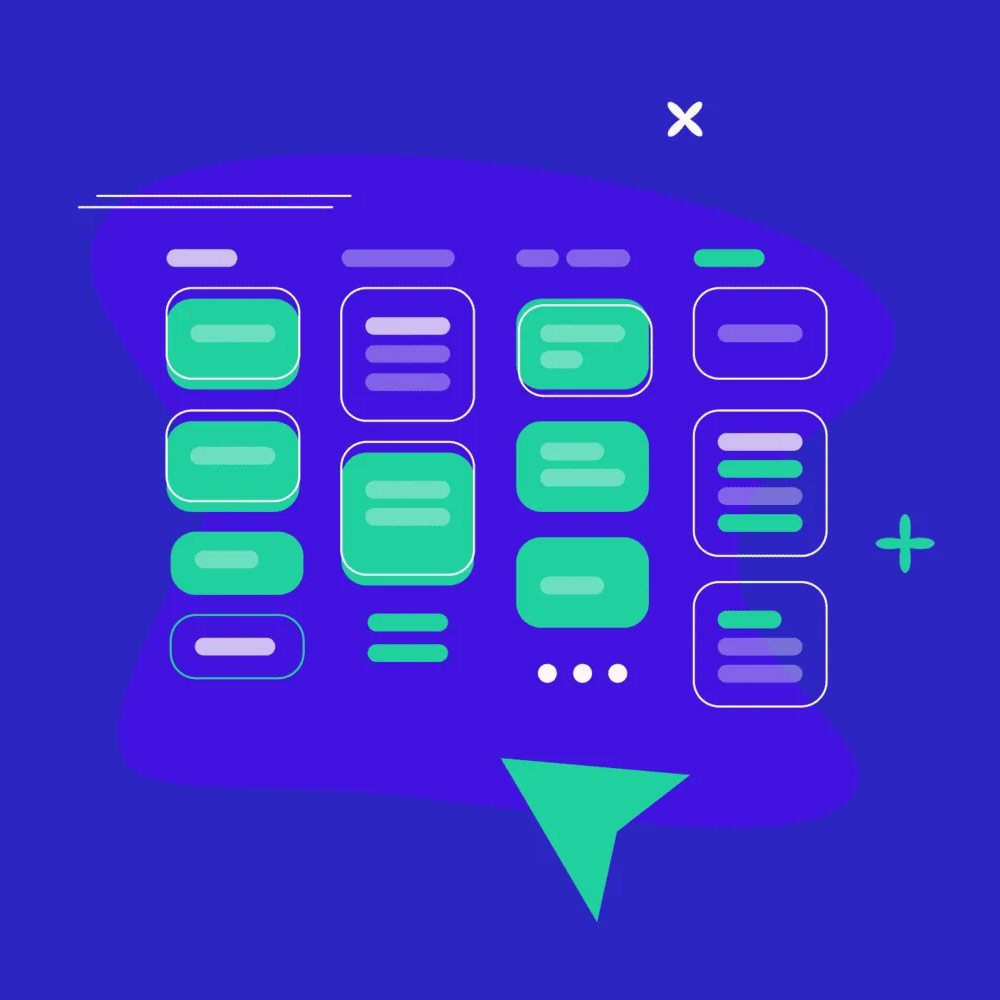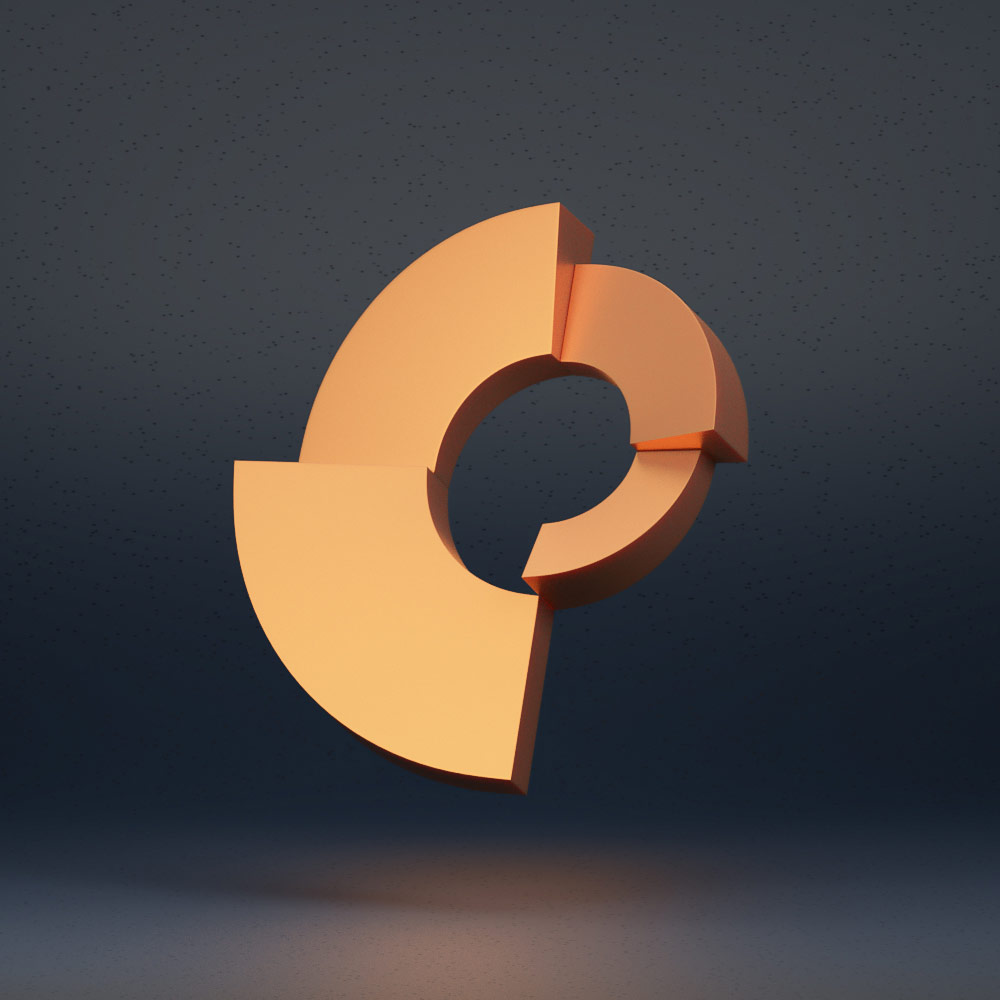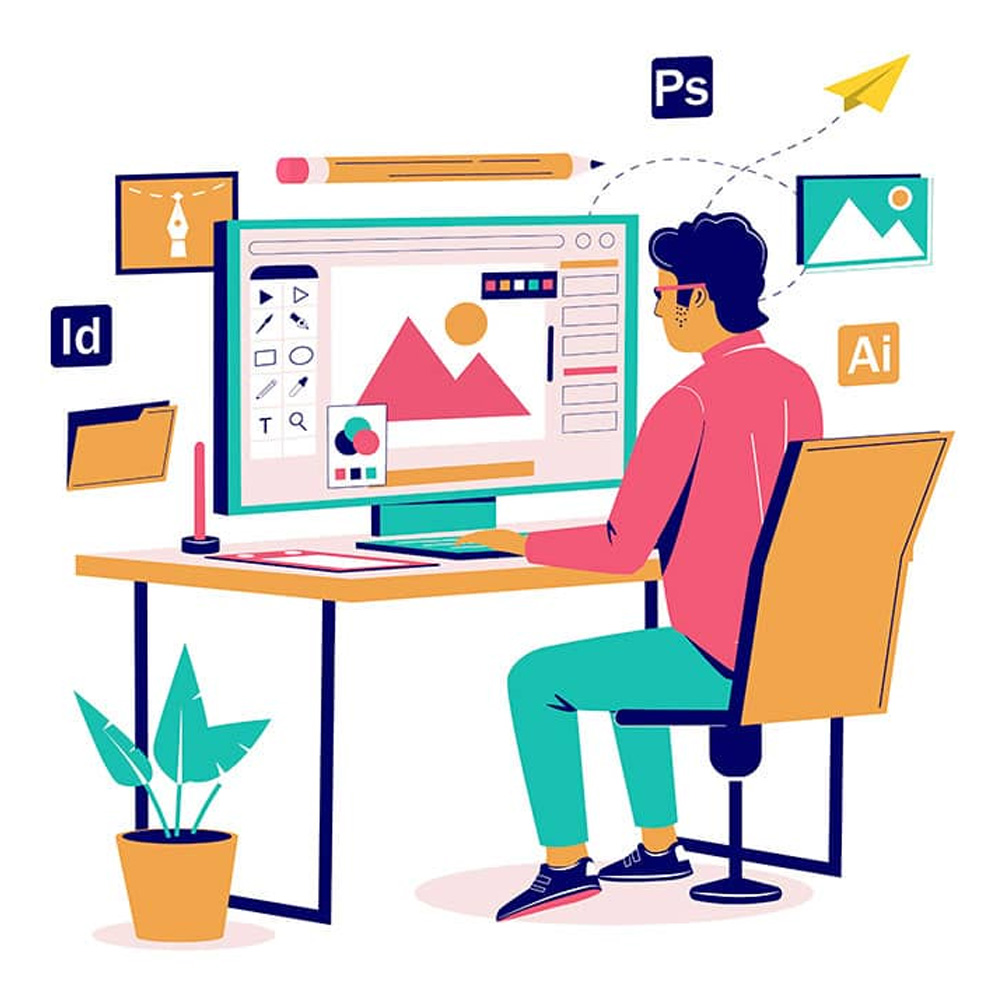
How to Become a Web Designer
Are you passionate about creating visually stunning websites and user-friendly interfaces? Do you want to embark on an exciting career in the field of web design? If so, you’ve come to the right place! In this comprehensive guide, we’ll explore the steps, skills, and resources you need to become a web designer. Whether you’re a beginner or looking to enhance your existing knowledge, this article will provide you with valuable insights and tips to kickstart your journey.
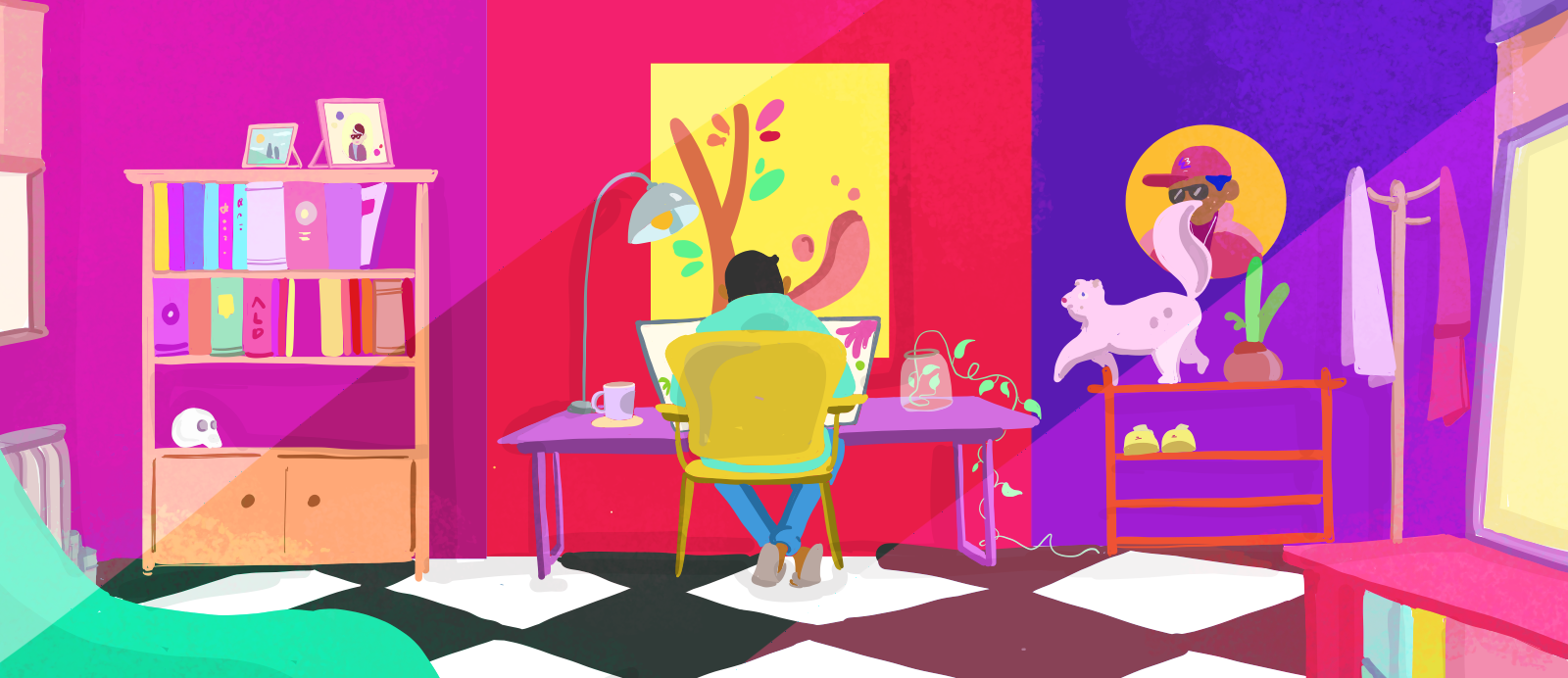
How to Become a Web Designer?
Understanding the Role of a Web Designer
Before diving into the steps to become a web designer, it’s essential to understand the role and responsibilities of a web designer. A web designer is a creative professional who combines technical skills and artistic flair to design and build visually appealing websites. They work closely with clients or project managers to understand their requirements and create user-friendly interfaces that provide an exceptional user experience.
Step 1: Acquiring the Necessary Skills
To become a successful web designer, you need to acquire a range of skills. Here are some key skills you should focus on:
| Skills | Description |
|---|---|
| HTML/CSS | Having a solid foundation in HTML (Hypertext Markup Language) and CSS (Cascading Style Sheets) is crucial for web design. These languages form the backbone of web development and enable you to create and style web pages effectively. |
| Design Principles | Familiarize yourself with design principles such as colour theory, typography, layout, and composition. Understanding how these elements work together will help you create visually appealing websites. |
| Responsive Design | Learn how to design websites that adapt and look great on different devices and screen sizes. Responsive design is essential in today’s mobile-driven world. |
| UI/UX Design | Gain knowledge of user interface (UI) and user experience (UX) design principles. Understanding how users interact with websites and creating intuitive interfaces will greatly enhance your design skills. |
| Adobe Creative Suite | Familiarize yourself with popular design software such as Adobe Photoshop, Illustrator, and XD. These tools are widely used in the industry and offer powerful capabilities for web design. |
| Coding and Scripting | While not mandatory, having basic coding knowledge in languages like JavaScript and jQuery can significantly enhance your web design capabilities. |
Step 2: Education and Training
While formal education is not always necessary to become a web designer, it can provide you with a solid foundation and enhance your credibility. Consider the following options:
| Methods | Description |
|---|---|
| Degree Programs | Pursue a degree in graphic design, web design, or a related field. These programs provide comprehensive training in design principles, coding, and web development. |
| Online Courses and Tutorials | Enrol in online platforms such as Udemy, Coursera, or Skillshare, which offer a wide range of web design courses. These courses provide flexibility and allow you to learn at your own pace. |
| Web Design Bootcamps | Join an intensive web design boot camp that offers immersive training and real-world projects. Bootcamps are a popular option for those looking to enter the industry quickly. |
| Self-Study | Take advantage of the vast resources available online. There are numerous tutorials, blogs, and YouTube channels dedicated to web design that can help you learn and practice. |
Step 3: Building a Portfolio
A strong portfolio is essential to showcase your skills and attract potential clients or employers. Here are some tips to build an impressive web design portfolio:
| Methods | Description |
|---|---|
| Create Personal Projects | Design and develop your websites, showcasing your creativity and expertise. Treat them as real-world projects, and make sure they demonstrate a variety of design styles and techniques. |
| Collaborate on Projects | Offer your services to friends, family, or local businesses to gain real client experience. Collaborating on projects will help you understand client expectations and improve your communication skills. |
| Contribute to Open-Source Projects | Contribute to open-source projects or join design communities. This not only allows you to learn from experienced designers but also helps you build connections within the industry. |
| Keep Your Portfolio Updated | Regularly update your portfolio with your latest projects and achievements. Strive for quality over quantity and ensure each piece showcases your best work. |
Step 4: Networking and Building Connections
Networking is crucial in the web design industry. Here’s how you can start building connections:
| Methods | Description |
|---|---|
| Attend Design Conferences and Meetups | Participate in design conferences, workshops, and local meetups to meet fellow designers, industry professionals, and potential clients. These events provide valuable opportunities to learn and grow. |
| Join Online Design Communities | Engage in online design communities and forums such as Dribbble, Behance, or Reddit. Share your work, seek feedback, and connect with like-minded individuals. |
| Utilize Social Media | Leverage social media platforms like LinkedIn, Twitter, and Instagram to showcase your work and connect with professionals in the industry. Engage in conversations and build relationships. |
Step 5: Stay Updated with Industry Trends
Web design is a constantly evolving field. To stay competitive, you must keep up with the latest trends, technologies, and design practices. Here are a few ways to stay updated:
| Methods | Description |
|---|---|
| Follow Design Blogs and Magazines | Subscribe to popular design blogs and magazines to stay informed about the latest trends, case studies, and industry news. |
| Explore Design Inspirations | Regularly browse design galleries and websites like Dribbble and Awwwards to discover inspiring designs and gain fresh ideas for your projects. |
| Experiment and Learn | Set aside time for personal projects to experiment with new design techniques and technologies. This allows you to expand your skillset and stay ahead of the curve. |
| Continuous Learning | Join web design courses, webinars, and workshops to learn about emerging technologies and design methodologies. Never stop learning and improving your skills. |
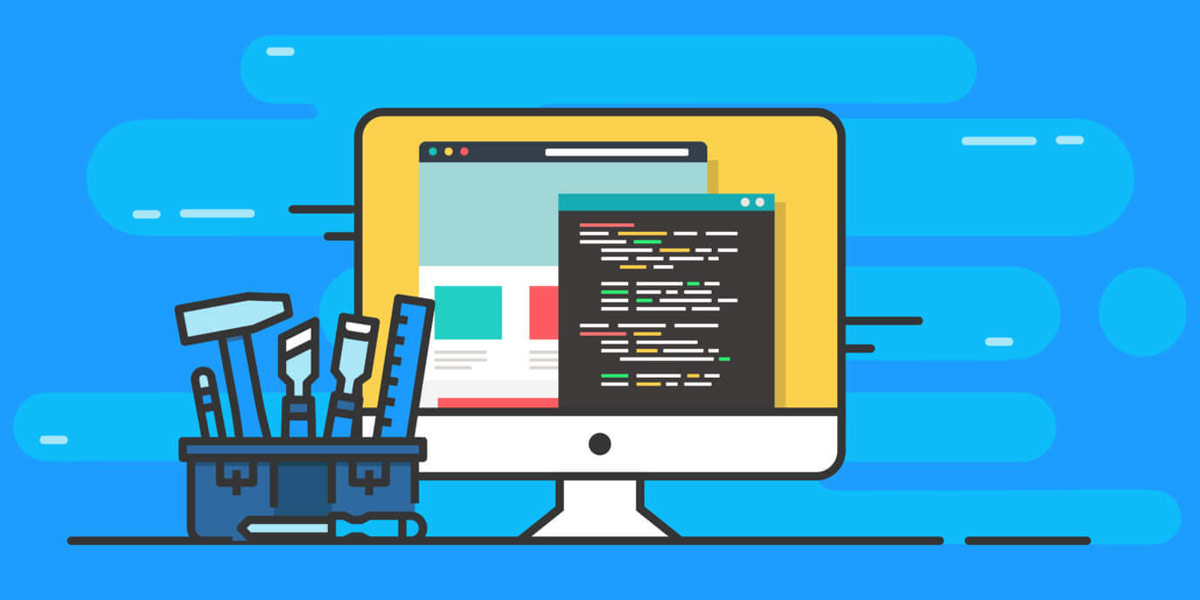
How to Become a Web Designer: Understanding the Role of a Web Designer
Conclusion
Becoming a web designer requires a combination of technical skills, creativity, and continuous learning. By following the steps outlined in this comprehensive guide, you can embark on a rewarding journey in the field of web design. Remember to acquire the necessary skills, build a strong portfolio, network with industry professionals, and stay updated with the latest trends. Embrace challenges, seek inspiration, and never stop honing your craft. Good luck on your path to becoming a web designer!
FAQs
What qualifications do I need to become a web designer?
To become a web designer, formal qualifications are not always necessary. However, a degree or certification in web design, graphic design, or a related field can enhance your credibility and provide a solid foundation of knowledge.
Is it hard to be a web designer?
Becoming a web designer requires dedication and continuous learning, but it is achievable with the right mindset and resources. With practice and persistence, you can develop the necessary skills and thrive in this creative field.
Can I start web designing without a college degree?
Yes, you can start web designing without a college degree. Many successful web designers are self-taught or have learned through online courses, tutorials, and practical experience. Building a strong portfolio and continuously improving your skills are key factors for success.
How can I develop the necessary skills to become a web designer?
Developing the necessary skills as a web designer involves a combination of self-study, practice, and hands-on experience. Utilize online resources, tutorials, and courses to learn HTML, CSS, design principles, and other relevant skills. Practice by working on personal projects and building a diverse portfolio.
What are the key web design tools I should learn?
Some key web design tools to learn include Adobe Photoshop, Illustrator, and XD for graphic design and prototyping, as well as code editors like Sublime Text or Visual Studio Code. Familiarize yourself with tools such as Figma or Sketch for UI/UX design and consider learning front-end development frameworks like Bootstrap or React.
How important is having a portfolio for a web designer?
Having a portfolio is crucial for a web designer as it showcases your skills, creativity, and ability to deliver quality work. A well-curated portfolio demonstrates your range of projects and allows potential clients or employers to assess your capabilities and style.
What steps can I take to showcase my web design work?
To showcase your web design work effectively, create an online portfolio website showcasing your best projects. Provide clear project descriptions, images, and links to live websites or prototypes. Consider using platforms like Behance or Dribbble to share your work and engage with the design community.
Are there specialized areas or specialities in web design?
Yes, web design offers various specialized areas or specialities. Some examples include UX design, UI design, front-end development, responsive design, e-commerce design, and mobile app design. You can choose to specialize in one or more of these areas based on your interests and career goals.
How do I apply for relevant web design jobs?
When applying for web design jobs, create a compelling resume that highlights your skills, experience, and portfolio. Tailor your application to the specific job requirements and include a cover letter expressing your passion for web design. Utilize job search platforms, company websites, and professional networks to find relevant job opportunities.
Are there any online resources or courses available to learn web design?
Yes, there are numerous online resources and courses available to learn web design. Platforms such as Udemy, Coursera, Skillshare, and Codecademy offer a wide range of web design courses. You can also find free tutorials, articles, and forums online dedicated to web design, providing valuable insights and learning materials.
Remember, continuous learning and staying updated with industry trends are essential as a web designer. Embrace growth opportunities, seek inspiration, and keep refining your skills to excel in this dynamic field.



